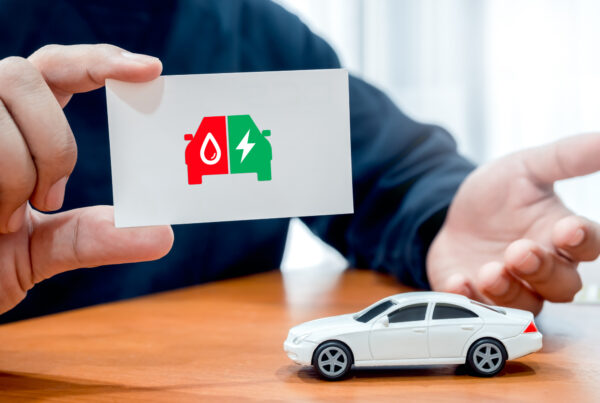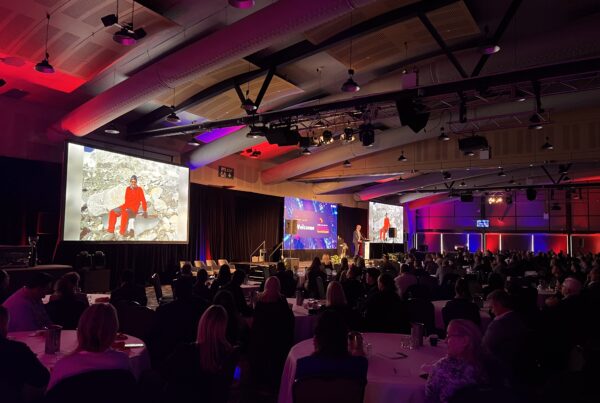Implementing strategic and integrated solutions will play a key role in achieving Net Zero Emissions by 2050. That’s according to Angeles Miranda, Head of e-Mobility at Ampol Australia.
Opening her session at the 2022 Australasian Fleet Conference and Exhibition back in May, Ms. Miranda shared that by 2030, electric vehicles will make up 10 o 20 percent of fleet vehicles. Furthermore, EV sales are expected to accelerate by 2026.
The EV Market in Australia
In addition, Ampol’s EV market analysis also showed that home charging will be the preferred way of topping up passenger EVs. Meanwhile, for commercial vehicles, the preferred charging location is split between the home and the workplace which requires tailored solutions at depots and public hubs. Furthermore, they have found that premium locations are gearing towards fast public chargers.
As part of their market analysis, they’ve also found key learnings from more advanced markets overseas including:
- Fast chargers aren’t necessarily the best option. Fit-for-purpose chargers that match the dwell time of its location, the capacity of vehicle that will be charged, and the operational requirements of the end-user need to be considered when putting up EV charging infrastructure.
- Security of charge is crucial. Putting up single charging bays in multiple locations present a major inconvenience for EV drivers. It’s better to “design sites according to demand and future proof them”. Charging hubs are better suited for alleviating range anxiety than individual charging stations scattered along a network.
- Reliability rather than amenities in charging locations is more important for EV users.
Barriers and Considerations for EV Fleet Transition
In her session, Ms. Miranda also talked about the barriers and considerations that organisations have when transitioning to an EV fleet.
Apart from the high purchase cost, the limited choice of fit-for-purpose EVs available, and the cost of setting up workplace infrastructure as indicated in the 2020 Electric Vehicles in Business Fleets report by AfMA and ACA Research, she also highlighted considerations pertaining to vehicles themselves, infrastructure, and operation.
According to Ampol’s research, vehicle considerations include limited fit-for-purpose models and high purchase cost, long wait times for vehicle deliveries, and a long replacement cycle. This means that fleets are likely to be a mix of ICE vehicles and EVs for a while.
Infrastructure considerations that came up in their research include access to home garages, high capital expenditure for charging infrastructure in the workplace, and grid capacity. This means organisations need to investigate economically viable EV charging ecosystems, building in-house capability, and outsourcing back-end systems to improve reliability.
When it comes to operations, factors such as change management for users, administrative-related considerations, as well as physical and grid limitations came up in Ampol’s research. For fleet operators, this necessitates simplification and applying SMARTS solutions for Route planning and energy management.
The Way Forward
Ultimately, Ampol proposes an integrated solution to address the needs of EV fleet operators now and in the coming years. This includes:
- Putting up an integrated EV charger ecosystem
- Boosting the Australian public charging network
- Providing fit-for-purpose charging solutions
- Providing seamless customer experience
- Using best-in-class technology
- Utilising renewable energy
- Implementing proper energy management
Want to hear more about this panel discussion? Click here to access the audio recording and the slide show deck from the Conference.
Interested to join us at next year’s Conference on May 23 and 24, 2023 at the Rosehill Garden Raceway? Book before 30th June to pay this years price for 2023!
Did you find this article helpful? Please give it a ‘like’ by clicking the heart button above.


















